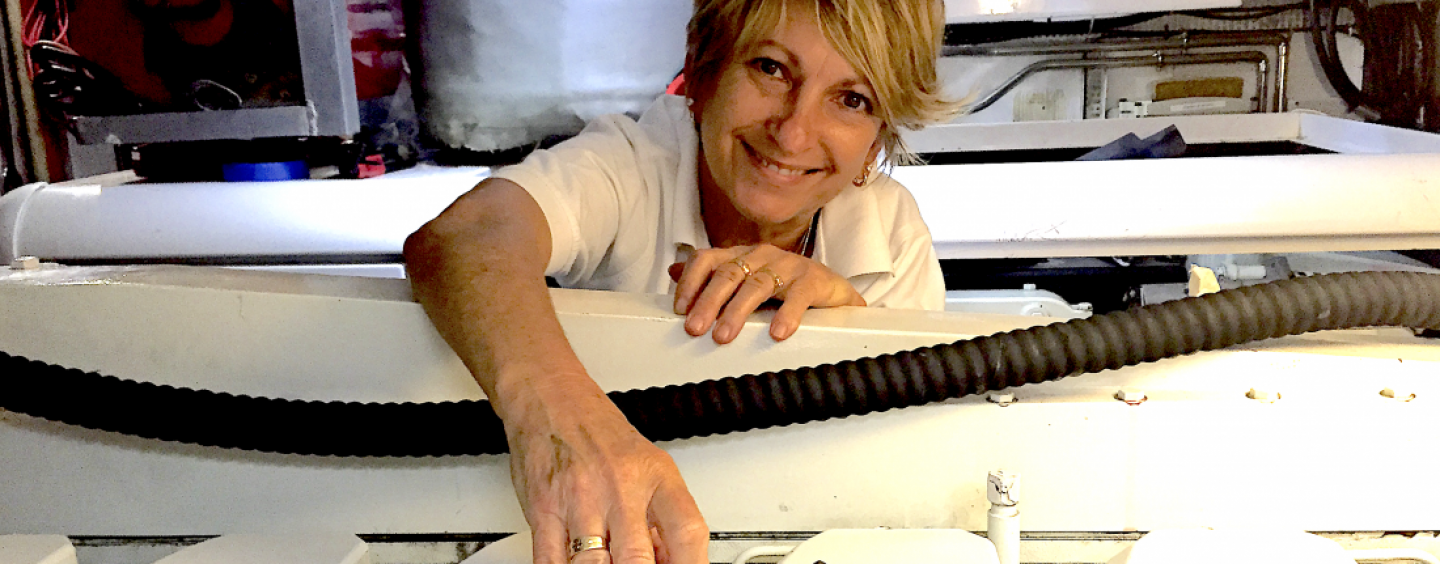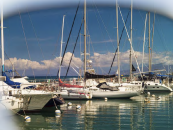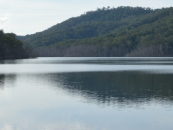Sue Mason loves to sit back, have a glass of wine, and talk about boats – but not in the way you might expect. Sue will talk about engine rooms, bilges, hydraulics and refitting superyachts. A petite woman with the spirit of a giant, she can draw you into her world without much effort.
Back in the late 70s, Sue’s father owned an electrical business in north Queensland where she headed the generators and welders department. In her spare time, she would help male friends pull apart gearboxes and engines.
Sue laughs as she recalls how she began her life with superyachts. “I met my husband, Brian, in the engine room of his charter boat over a brand new 12.0 MDJF Onan generator.” It may not be a romantic scenario for most women, but to Sue and Brian, it was love at first engineering conversation.
Months later, Brian was looking for crew on the 60-foot game boat he captained. Sue jumped at the opportunity. It was the beginning of their partnership in superyachts and in life. On this boat, Sue got a chance to learn everything: stewardessing, cooking for guests and crew, being a deckhand, game boat preparation, and anything else she was asked to do.
In 1993, they were invited to manage and captain a 90-foot superyacht, where, for the next 13 years, they were in charge of the boat, offering dive charters, game fishing, corporate work and a once-a-year owner trip. It was their first involvement with major refits. During this job, Sue went for her captain’s licence and successfully obtained her STCW (Standards of Training, Certification for Watchkeeping for Seafarers) and GMDSS (Global Maritime Distress and Safety Systems).
In 2001, they moved to Florida where they managed a new superyacht that travelled between Fort Lauderdale and the Mediterranean. With her background in electricals, Sue could easily find her way around an engine room. She was always tinkering with valves and pumps, servicing hydraulics, sewage systems and water makers. It was not unusual to lose Sue around the boat, but one could always find her deep in the bilges.
She became qualified for her Marine Engineering tickets with MCA (Maritime Coastguard Agency) and was awarded Chief Engineer (III/3) < 3,000 kilowatt – Unlimited Area – International. The only female in the course, Sue remembers the examination adjudicator, a pompous Englishman, saying to her, “You must be mistaken. You are in the Marine Engineering exam.” Sue couldn’t resist, and replied in a diminutive voice, “Oh my, really? I thought I was sitting for flower decorating!”
Sue quickly gained the respect of her male colleagues. They came to her for advice and solutions to sticky problems. It was the same for future jobs with superyachts. Sue and Brian were sought after for their reputation and experience, the two qualities Sue urges women to focus on if they wish to pursue a career in this area.
“We have been spoiled by this lifestyle,” Sue says. “We have travelled the world in luxury, but it is no free ride. You have to be prepared to work hard.” Not only that, she states that you have to be able to handle unusual situations. On one trip, they were to cross the Red Sea in transit from Asia to Italy. The boat would be entering a volatile region, and Sue was ordered to employ armed security guards. Thankfully, it was only precautionary and no fighting of pirates needed to be added to her resume.
Sue encourages women not to be afraid of pursuing a career in superyacht engineering. Her advice is to start out small, such as on a 100ft boat with about three to four crew, and be keen to get experience on the deck and in the engine room. Sexual harassment is a known issue in the superyacht world, but it is not on all boats. Reputations are talked about among crew, so simply ask around before choosing where you want to work. There are supportive captains who will encourage you to follow your goals.
Currently Sue and Brian are refitting an American 90-foot expedition yacht. When this job is over, they may have time to sail their 54ft Amel Maramu, Lola. “Leaving my family behind was probably the biggest guilt trip I had. I was lucky that I had a supportive family and the kids got to see the world but it is still something I have thought about”.
Sue has been living on the sea for most of her life since 1993. “I love being at sea and have absolutely no desire to go and build a house. There’s a certain freedom about dropping the lines and taking off.”
By Tanya Rabe
Published in the August – November 2020 print edition.






























